The Foxconn factory, once heralded as the “eighth wonder of the world” by Donald Trump, has turned out to be more of a mirage. And while politicians and corporate executives jet off to their next photo op, it’s the Wisconsin taxpayers who are left holding the bag.
In 2017, Foxconn, the Taiwanese electronics manufacturing giant, announced plans to build a massive LCD factory in Mount Pleasant, Wisconsin. The deal, touted by then-President Donald Trump as a game-changer for U.S. manufacturing, was supposed to bring 13,000 jobs and a $10 billion investment to the state. However, the reality has been far from the promised vision.
The Foxconn deal was controversial from the start. Wisconsin offered an eye-popping $4 billion in tax breaks and incentives to lure the company, the largest such package ever offered to a foreign firm in U.S. history. Critics argued that the state was paying too much for jobs that might never materialize. As it turns out, those critics may have been onto something. In 2019, Wisconsin Governor Tony Evers, who inherited the deal from his predecessor Scott Walker, said Foxconn was unlikely to ever employ 13,000 workers in the state. In fact, as of 2021, the company had only hired around 1,000 employees, many of whom were not even working at the Mount Pleasant facility.
The factory itself has also fallen far short of expectations. Originally billed as a “Generation 10.5” plant that would produce large LCD screens, Foxconn has since downsized its plans multiple times. In 2019, the company said it would instead build a smaller “Generation 6” factory, which would produce smaller screens for phones and tablets. But even that plan seems to have stalled.
By mid-2021, the Mount Pleasant site remained largely empty, with only a few smaller buildings completed. The main factory structure, which was supposed to be operational by 2020, was still just a shell. Foxconn blamed the delays on everything from the COVID-19 pandemic to changing market conditions, but many suspected the company never intended to follow through on its grandiose promises.
For one thing, Foxconn has a history of making big promises and then failing to deliver. In 2013, the company announced plans to build a $30 million factory in Pennsylvania that never materialized. And in 2017, Foxconn said it would invest billions in Indonesia, but that project also fell through.
In this case, the whole saga has the feeling of a high-stakes con job. Donald Trump, ever the showman, saw the Foxconn deal as a way to burnish his credentials as a job creator and friend of American manufacturing. Foxconn, for its part, seemed happy to play along, perhaps hoping to curry favor with the Trump administration for its other U.S. operations. And Wisconsin politicians, desperate for a big win, were all too willing to believe the hype and open the state’s coffers.
However, all is not gloom
While the Foxconn debacle under Trump left a bitter taste, Biden’s recent announcement about Microsoft’s $3.3 billion data center investment in Racine is a breath of fresh air. The very site where Trump grandstanded about Foxconn’s supposed $10 billion investment and 13,000 jobs is now being repurposed by Microsoft. Biden’s administration has already overseen the addition of over 700,000 manufacturing jobs. Instead of just throwing money at individual companies, they are trying to create a more favorable environment through legislation. The CHIPS and Science Act, signed into law by Biden in 2022, provides over $50 billion in incentives for companies to build semiconductor fabrication plants in the U.S.
The goal is to reduce dependence on foreign suppliers and ensure a stable supply of these vital components. Similarly, the Inflation Reduction Act includes provisions to spur domestic manufacturing of clean energy technologies like solar panels, wind turbines, and electric vehicles. By tying tax credits and other incentives to domestic content requirements, the law aims to create a robust domestic supply chain for the green economy. These efforts stand in contrast to Trump’s approach, which relied heavily on tariffs and trade wars to boost domestic manufacturing. While Trump’s tariffs on Chinese goods did lead some companies to shift production to other countries, there’s little evidence that they spurred a significant increase in U.S. manufacturing jobs. A 2019 study by the Federal Reserve found that the tariffs led to job losses and higher prices for consumers.
As for Wisconsin, the Microsoft deal is a welcome shot in the arm after the Foxconn disappointment. Let’s not get too carried away. Adding manufacturing jobs is great, but the real test will be whether these are good, sustainable jobs that can support families and communities.

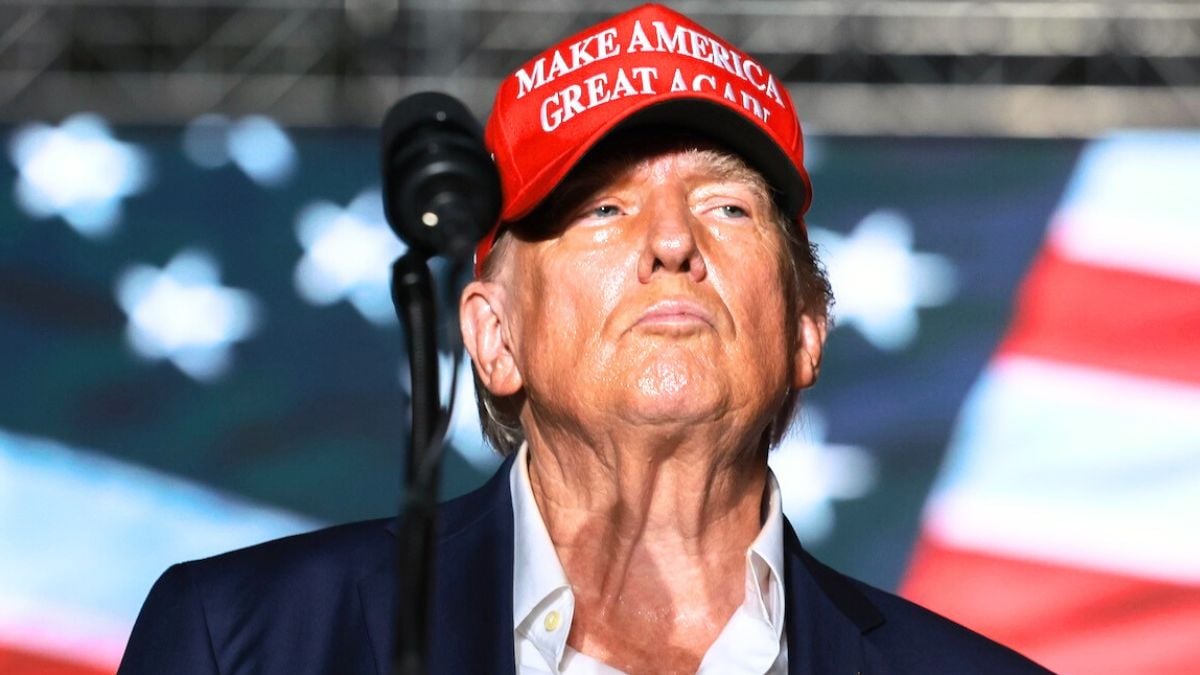
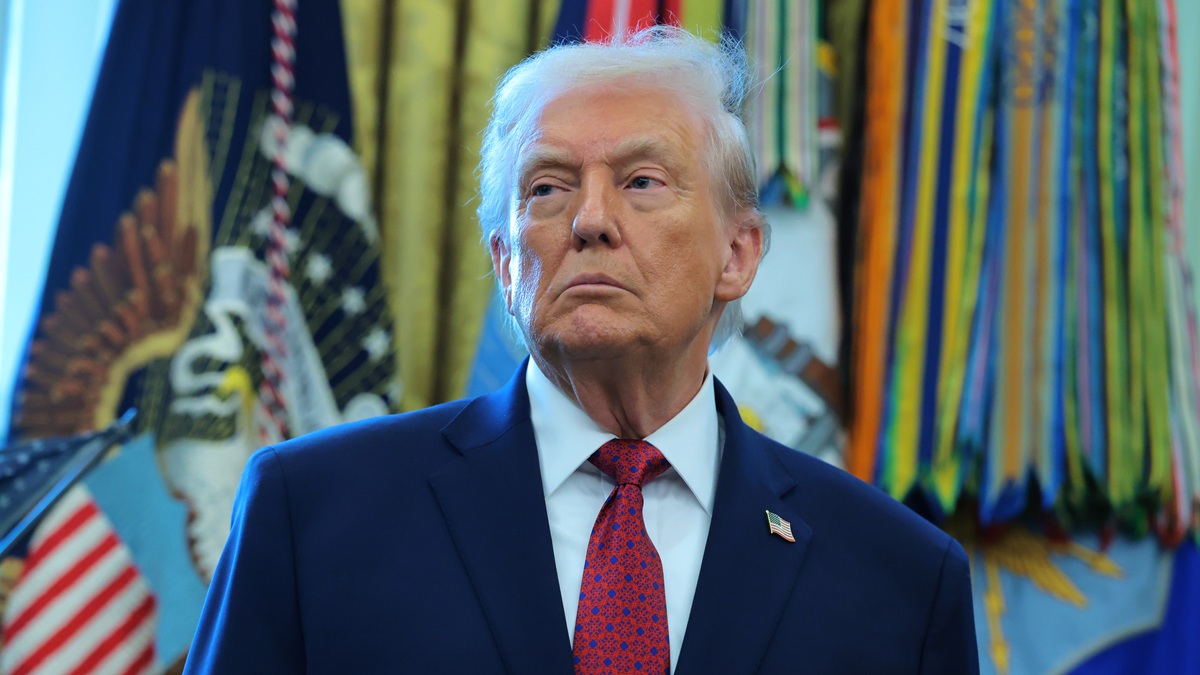
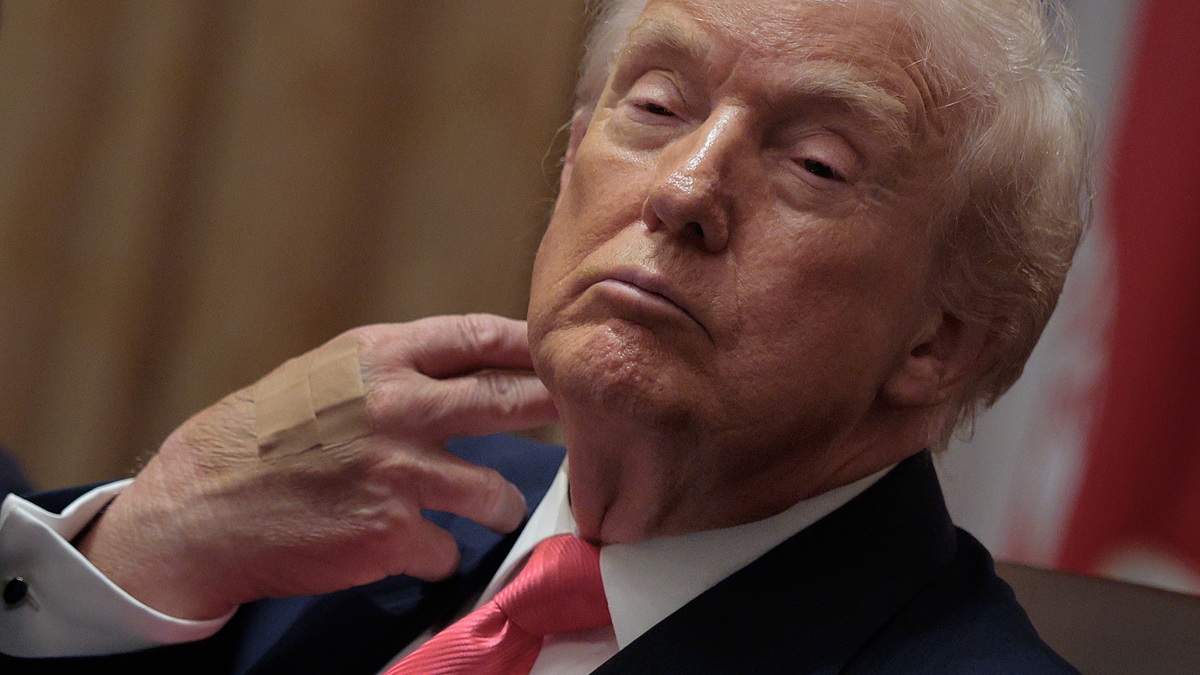
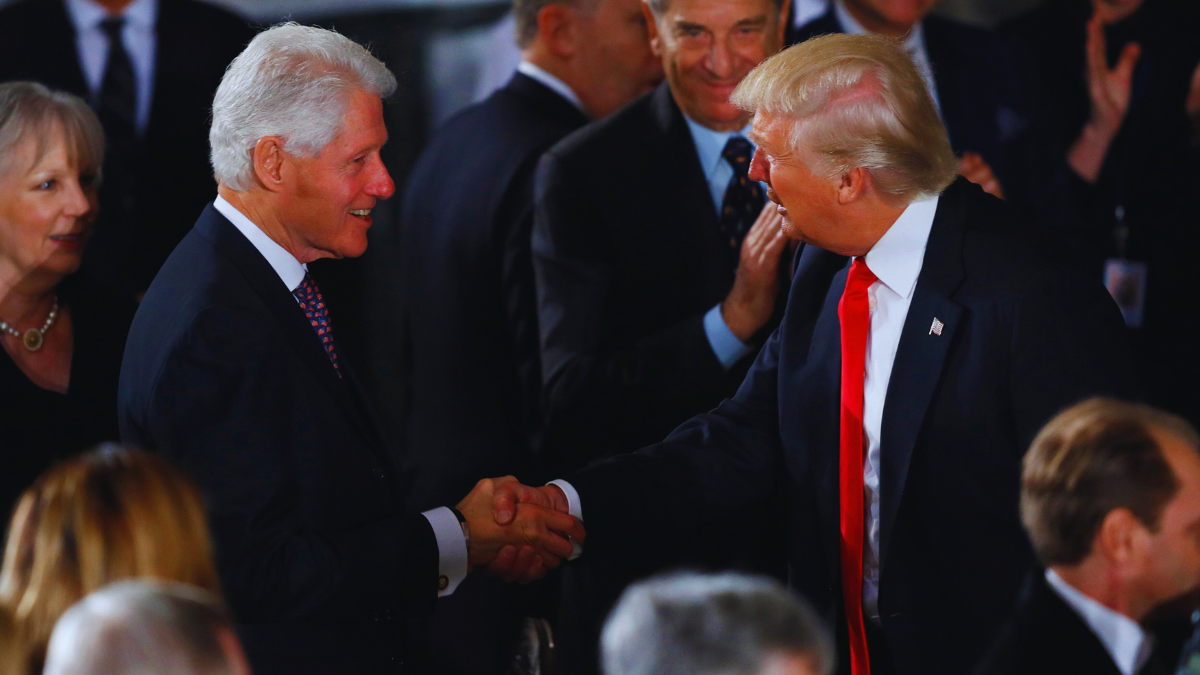
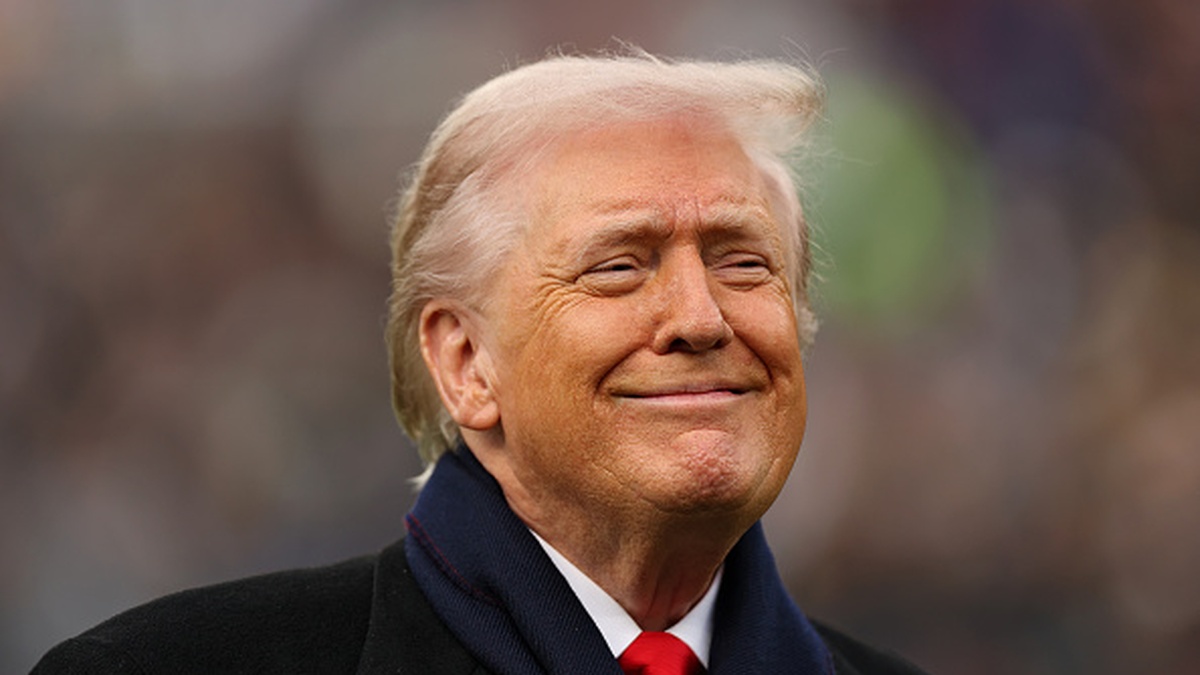
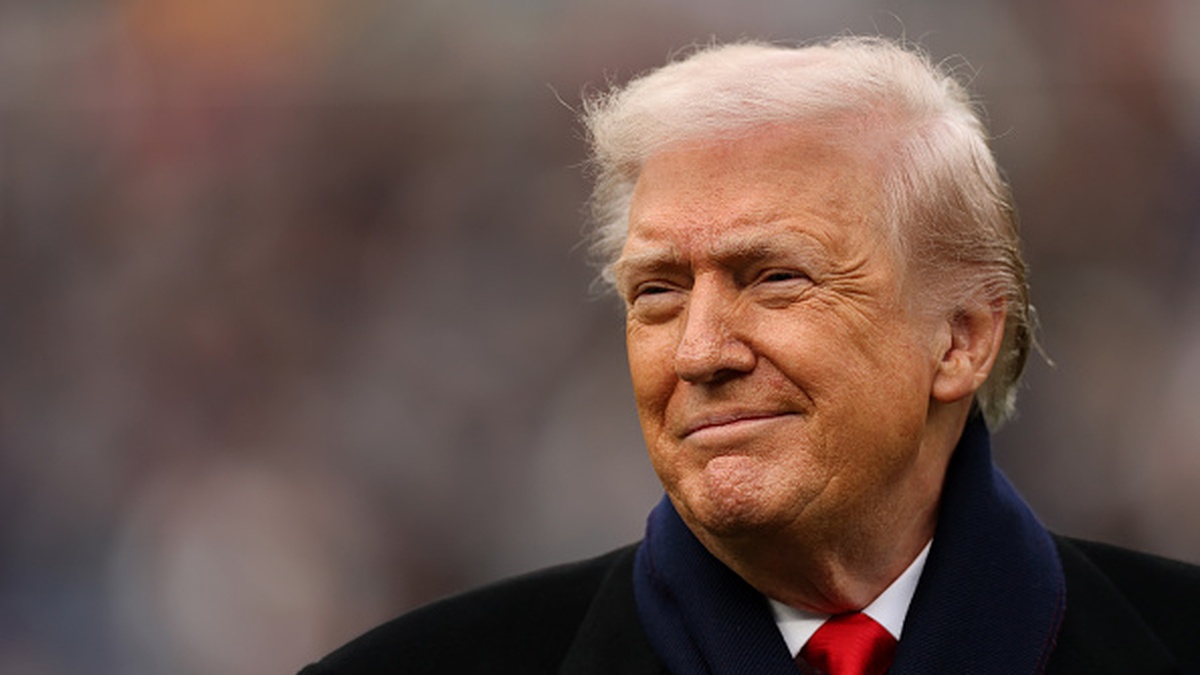
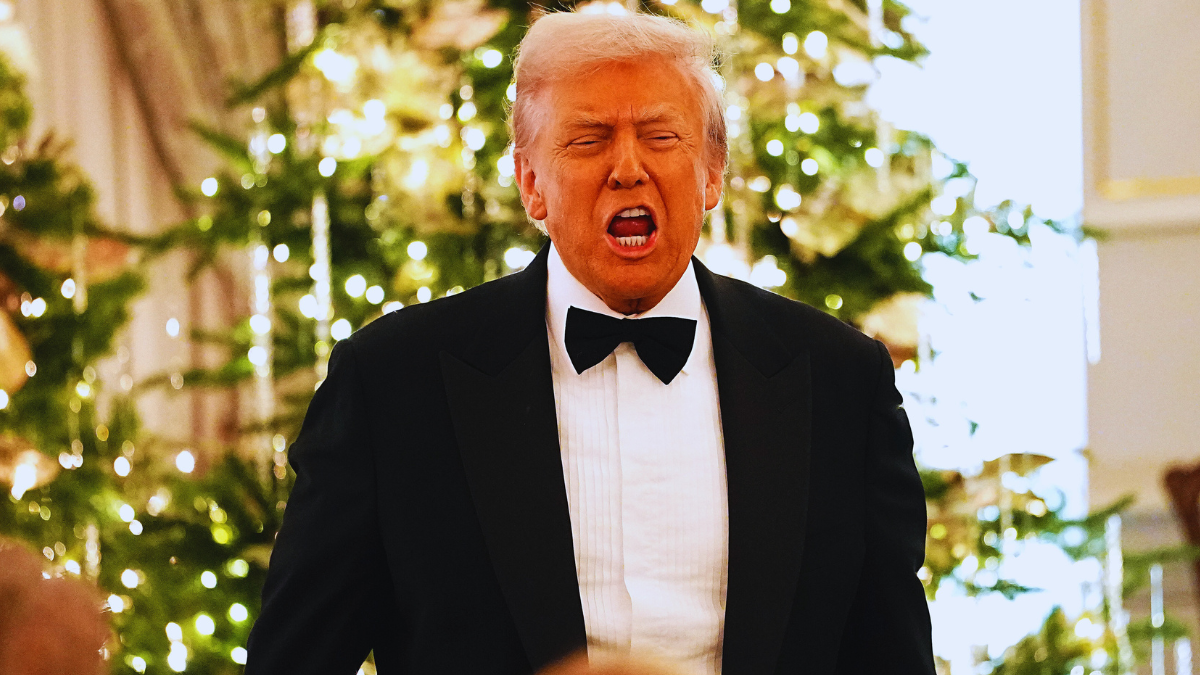
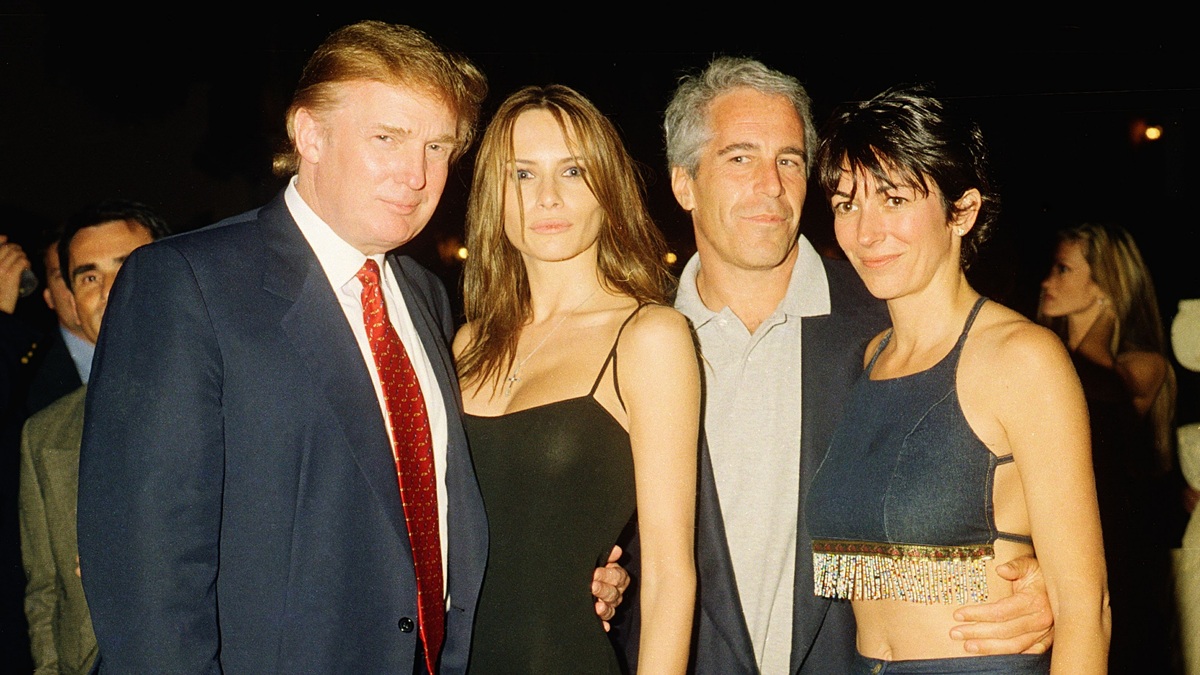
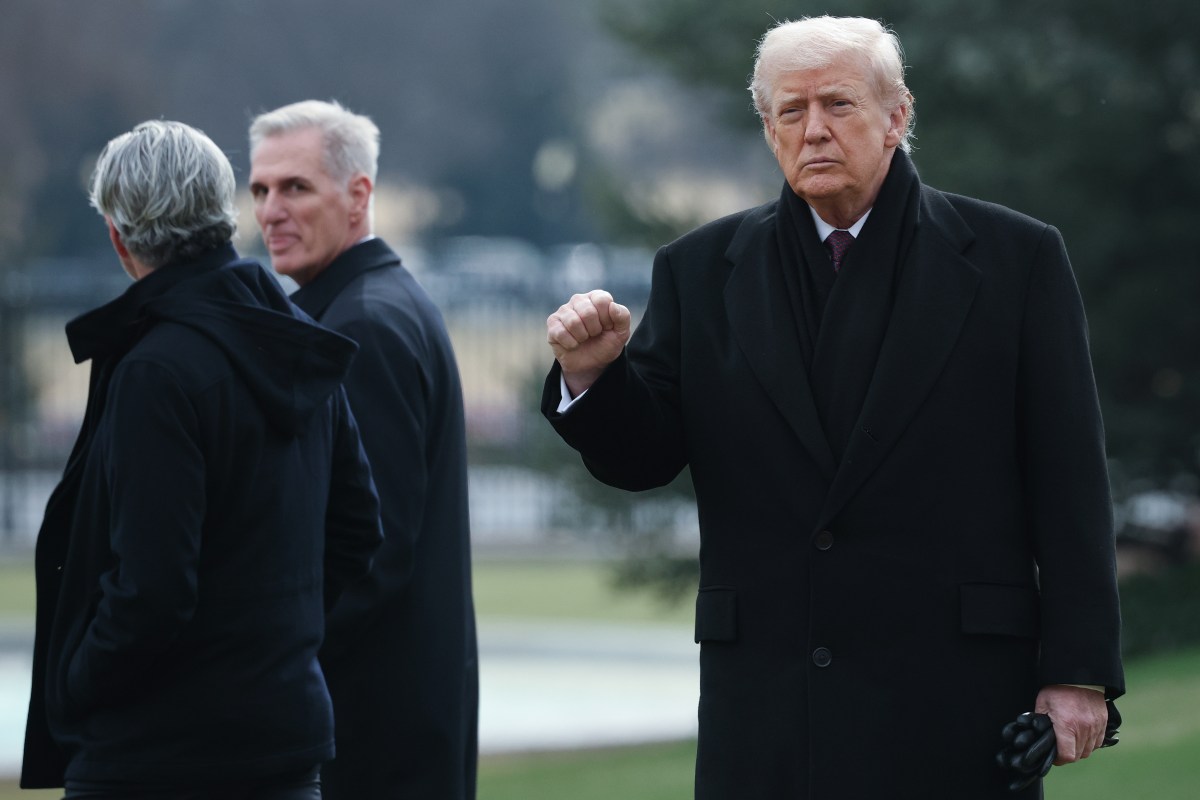

Published: Jul 10, 2024 11:52 am